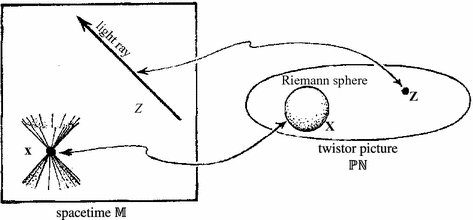The second book about physics or math that I finished reading recently is Anil Ananthaswamy’s The Edge of Physics: A Journey to Unlock the Secrets of the Universe. The author has a blog devoted to the topic of the book, as well as a web-site, which includes some wonderful photos of the experiments discussed.
The bulk of the book is devoted to the author’s description of his travels to visit experimental projects around the world devoted to learning more about cosmology, particle physics, dark matter and dark energy. These include CDMS at the Soudan Mine in Minnesota, the Lake Baikal neutrino telescope in Siberia, the Very Large Telescope at Cerro Parranal in Chile, Mauna Kea in Hawaii, the Square Kilometer Array in South Africa, BESS at McMurdo Bay and IceCube at the South Pole in Antarctica, as well as the LHC and Planck satellite. Ananthaswamy is a quite good writer, and does an excellent job of describing the settings of the experiments and what they are trying to measure, as well as the scientists who are working on them.
Unfortunately though, he doesn’t stick to the impressive experimental story going on, but wraps everything in a heavy dose of string theory/multiverse hype. None of the experiments he visited actually are capable of saying anything about string theory or the question of whether or not there is a multiverse. Most of them are investigating subjects like dark matter, which are of great potential interest, but have nothing at all to do with string theory or the multiverse. The only one for which there have been claims of such relevance are cosmological measurements of the spatial curvature of the universe, with Susskind claiming a prediction of the sign (but not the magnitude, experimentally it seems to be zero). This “prediction” actually doesn’t work, see this paper.
It’s too bad that among the string theorists Ananthaswamy interviewed, none included the many prominent ones such as Gross or Witten, or pretty much anyone at Princeton (see for example the book by Gubser reviewed in the previous posting) who could have explained to him the actual situation. So, if you’re interested in what’s going on at the experimental frontiers of this subject, this is a good book to read, as long as you skip all the parts about theory…
Update: Ananthaswamy describes here how decided to deal with the problem of writing about experiments, yet wanting to address string theory.


